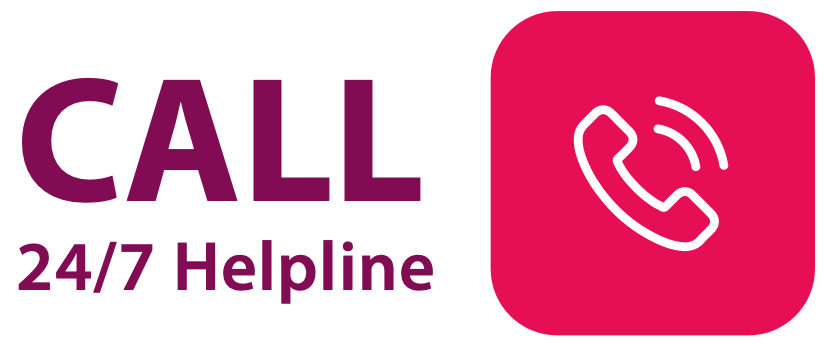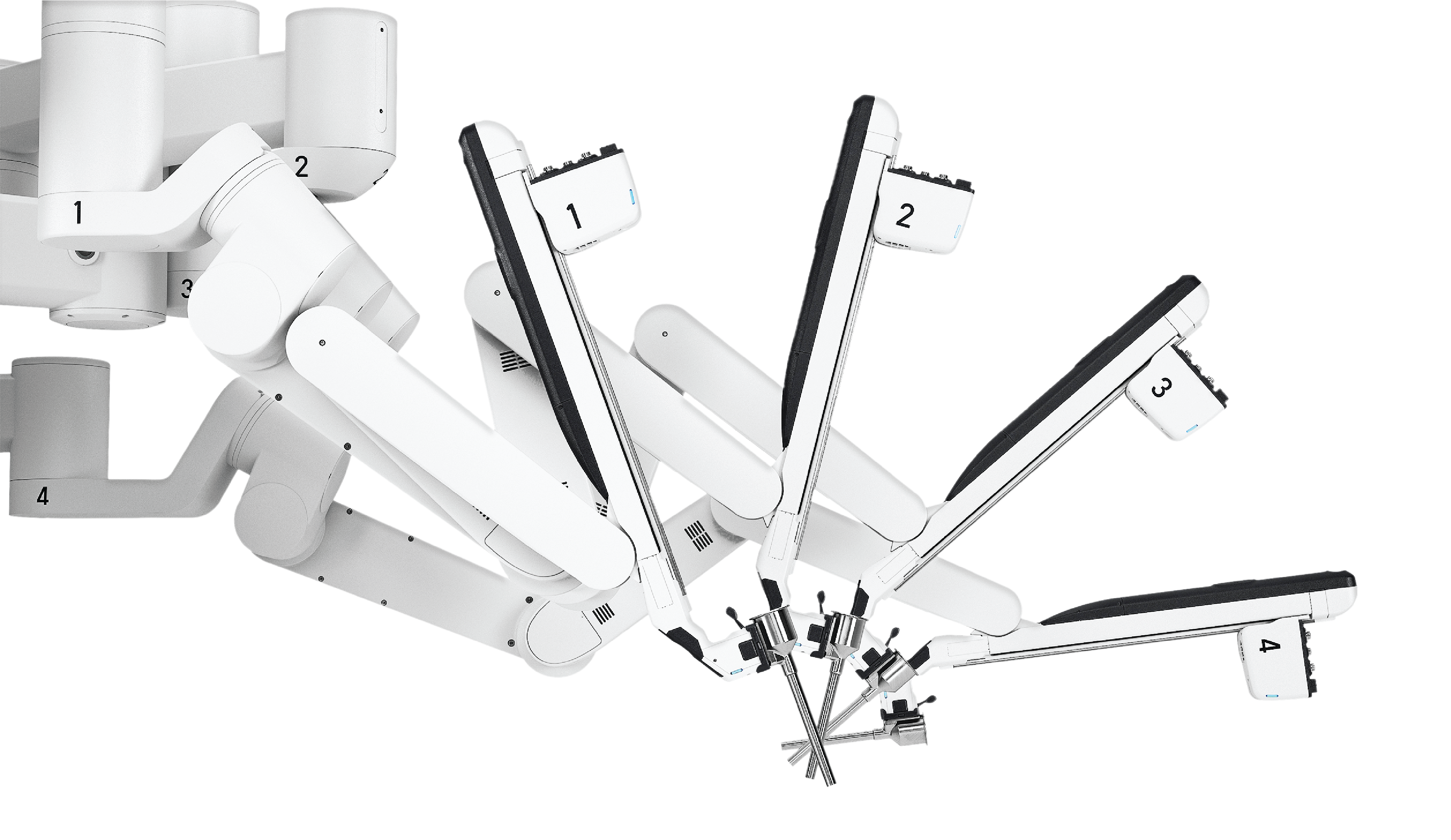

Home > Robotic Surgery

The Advanced Robotic Assisted Surgical Centre of Kauvery Hospital is one of India's most sophisticated, advanced, and comprehensive robotic surgery centres. Kauvery Hospital is committed to providing the benefits of this advanced minimally invasive surgical technique to its patients at a highly affordable cost. The centre has achieved excellence in robotic surgery because of the state-of-art surgical equipment and experienced robotic surgeons performing the surgery. The surgeons performing the surgery focus on clinical outcomes resulting in high success rates.

Kauvery Hospital is a leading, multispecialty hospital that has provided comprehensive patient care for the last two decades. The robotic-assisted surgical centre at the Kauvery Hospital is equipped with cutting-edge robotic machines to perform surgeries with utmost accuracy and precision. The surgeries are performed by robotic surgeons with several years of surgical experience and are trained by some of the best robotic surgeons in the world. Further, the recovery room at the centre has highly sophisticated monitoring devices that warn the healthcare providers in case of alteration in vital parameters.
The benefits of robotic surgery in patients include:







Robotic surgery offers the following benefits to surgeons:



Electronic City, Marathahalli
Senior Consultant - Cardiothoracic & Vascular Surgery
Electronic City, Marathahalli
Electronic City
Senior Consultant, Department of Urology, Uro-Oncology, Robotic Surgery and Renal Transplant
Electronic City
Consultant - Urology, Uro-oncologist, Andrologist & Kidney Transplant Surgeon
Electronic City
Senior Consultant : Orthopaedic Trauma and Robotic joint replacement Surgeon
Electronic City
Lead Consultant – OBG, Reproductive Medicine, Robotic Surgeon
Electronic City
Senior Consultant - Gynecologist & Obstetrician, Robotic Surgeon
In a remarkable feat of medical expertise and coordinated critical care, doctors at Kauvery Hospital, Marathahalli, successfully saved the life of a 28-year-old woman who was battling severe bisoprolol toxicity—a condition that pushed her into multi-organ failure and cardiogenic shock. The young woman, who had intentionally overdosed on the beta-blocker bisoprolol, had already endured five days of intensive treatment at another hospital, but her condition continued to deteriorate despite high-dose insulin therapy, ventilator support, and dialysis.
Faced with a grim prognosis, her family approached Dr Harish Mallapura Maheshwarappa (Director Institute of Critical Care Medicine, Kauvery Hospitals, Bengaluru) and made a desperate decision—to shift her to Kauvery Hospital, Marathahalli, a leading center for ECMO and critical care. The transfer was a high-risk endeavor, but what followed was nothing short of a medical miracle.
By the time she reached Kauvery Hospital, the patient was in severe shock, dependent on triple inotropic support, struggling with 100% oxygen dependency, and experiencing severe metabolic acidosis due to acute pulmonary edema and acute kidney injury (AKI). She had already undergone SLED dialysis twice at the referring hospital, but her kidney function had not improved.
Recognizing the urgency of the situation, Dr. Harish and ECMO critical care team (Dr Abbas, Dr Gururaj, Dr Shridhar, Dr Goura and Dr Ashwini) along with the ER, CTVS, and nephrology teams, immediately sprang into action. Within minutes of her arrival, the patient was initiated on Veno-Arterial (V-A) ECMO support via femoro-femoral cannulation.
“Given the severity of her condition, this was her only chance. We knew the risks, but we had to act fast,” said Dr. Harish M.M.
While ECMO stabilized her hemodynamics, it was far from smooth sailing. The patient developed Harlequin Syndrome (North-South Syndrome)—a dangerous ECMO complication where oxygenated and deoxygenated blood mix, leading to differential hypoxia in the body. In most cases, this necessitates a switch to Veno-Arterial-Venous (V-AV) ECMO, but the team at Kauvery Hospital took a calculated risk.
Instead of transitioning to a hybrid ECMO setup, they aggressively managed fluid removal, tolerated higher PEEP (positive end-expiratory pressure) and peak airway pressures, and carefully monitored her oxygenation levels. The approach paid off—her oxygenation improved rapidly, and she avoided hybrid ECMO altogether.
Once her lung function stabilized, the medical team focused on weaning her off ECMO. After five days, she was successfully decannulated, and by day seven, she was extubated—a remarkable recovery given the initial prognosis.
However, new challenges emerged. The patient developed sepsis (Klebsiella pneumonia, Staphylococcal bacteremia) and experienced severe coagulopathy, thrombocytopenia, and massive bleeding from her gastrointestinal tract, oral cavity, and cannula sites. The CTVS team had to perform bedside surgical re-exploration and hematoma evacuation, while massive blood transfusions were administered to correct her coagulation abnormalities.
Despite these complications, her body gradually fought back. With continuous dialysis for three days, her kidney function recovered, and her multi-organ dysfunction started reversing.
After three weeks in the hospital, the young woman walked out of Kauvery Hospital, ready to resume her normal life. Though she developed critical illness myopathy, physiotherapy and rehabilitation ensured that she regained her strength.
“Her recovery is a testament to the power of advanced critical care and ECMO expertise. Cases like this highlight the importance of early intervention, a multidisciplinary approach, and precise clinical judgment,” said Dr. Harish, reflecting on the case.
The successful management of this case underscores Kauvery Hospital’s leadership in advanced ECMO and critical care. The hospital’s ECMO program, led by Dr. Harish M.M with Dr. Mohammad Abbas, Dr Rajesh, Dr. Chiran, Dr Vikas, Dr Mahendra was instrumental in ensuring the patient’s survival. The ER team (Dr. Surendar), CTVS team (Dr. Rajesh, Dr. Vikas), perfusionist team (Mr Tejas), and nephrology team (Dr. Ravindra and Dr. Nishchay) played a crucial role in her round-the-clock care.
Beyond the technical excellence, the case demonstrated Kauvery Hospital’s commitment to holistic patient care—where advanced technology meets expert clinical decision-making and compassionate care.
Today, the 28-year-old survivor is back on her feet, expected to return to work in the coming weeks. From the brink of death to a new lease on life, her journey is a story of resilience, teamwork, and medical brilliance—a reminder that even in the darkest hours, hope prevails.
From Brink of Death to a Second Chance: How ECMO Saved a 28-Year-Old’s Life at Kauvery Hospital
A 32-year-old gentleman who is an IT professional was leading a normal life until he noticed an unusual swelling on his scalp. Concerned, he underwent a routine scan to investigate the swelling, only to discover a far more serious issue—a 3x3cm size brain tumor.
Although the swelling turned out to be a benign external condition, the scan revealed a tumor in the left frontal region of his brain. What made this case particularly challenging was the tumor’s deep-seated location, which was close to the area controlling his speech. The location of the tumor close to the speech area posed a significant risk during surgery, which, in traditional surgical methods, could impair his ability to speak.
Recognizing the complexity of the case, he sought treatment at Kauvery Hospital, Electronic City, Bangalore, where he was evaluated by our neurosurgical team led by Dr. Sumana Pallegar, Dr. Ganesh Veerabhadraiah, Dr. Manjunath H G and Dr Vivek(Anesthesiologist).
Given the tumor’s location, the doctors recommended an Awake Craniotomy, a brain tumor surgery with Real-Time Speech Mapping, a novel procedure designed to ensure the patient's speech function remained intact at the end of surgery.
Dr. Sumana, Senior Consultant, Neurosurgery (Brain & Spine), Kauvery Hospital, Electronic City, explained:
"When a tumor is located close to the brain’s speech center, performing surgery under general anesthesia carries the risk of causing permanent speech impairment. By keeping the patient awake, we can actively monitor and test his speech function in real time, ensuring we remove the tumor maximally while preserving his speech function."
Awake craniotomy is a highly specialized brain tumor medical procedure that requires not only expert surgical skills but also a highly cooperative patient. Since brain tissue itself does not have pain receptors, the surgery is performed under local anesthesia, numbing only the scalp and skull. The patient remains awake and responsive throughout the surgery.
Dr. Sumana elaborated:
"For an awake craniotomy, mental preparation is crucial. The patient needs to be psychologically ready to remain conscious and co-operative while we are opening his skull and removing the tumor. In this case, he was incredibly cooperative, engaging with us throughout the procedure—even making jokes!"
The team at Kauvery Hospital employed multiple advanced neurosurgical techniques to ensure precision and safety:
Despite the complexity of the procedure, the patient remained awake and alert during surgery. The team meticulously removed the tumor while continuously testing his speech.
"Throughout the procedure, he was actively conversing with us. We were able to remove the tumor from the deeper portion also, without damaging his speech areas," added Dr. Sumana.
Astonishingly, during the surgery, he was cracking jokes & singing along with the hospital staff. He walked out of the Operating room to the ICU without assistance, much to the disbelief of his family.
The pathology report confirmed the tumor was predominantly Grade 2 with focal Grade 3 features, meaning he would require further radiation therapy and brain tumor medication as part of his treatment plan. However, thanks to the extensive tumor removal achieved through awake craniotomy, his prognosis has significantly improved.
"The best treatment for such cases is to remove as much of the tumor as safely possible. Because we performed the surgery while he was awake, we were able to ensure maximal tumor resection without impairing his neurological functions," explained Dr. Sumana.
The expertise of the neurosurgical team at Kauvery Hospital, coupled with cutting-edge technology, enabled this young man to return to his normal life with preserved speech, mobility, and cognitive function. His journey serves as a testament to the life-changing impact of modern neurosurgery and patient-centered care at Kauvery Hospital, a leading brain hospital in Bangalore.
He left the hospital grateful, pain-free, and optimistic about his future, proving that even the most challenging brain tumors can be successfully treated with the right approach.
Awake Craniotomy at Kauvery Hospital Gives a New Lease of Life to a 32-Year-Old Patient
Conquering a Life-Threatening Condition with Minimally Invasive Precision
Wednesday, 31 January, 2024
Aakanksha Lilhare
Praveen Patel
Anmol Kumari
Robotic surgery has several advantages over open surgery. Open surgery involves large incisions resulting in relatively more blood loss, significant scarring, and prolonged recovery time. Further, the precision and accuracy of open surgery are comparatively lesser than those of robotic surgery. In addition, surgeries that involve hard-to-reach organs are performed more effectively with robotic surgery.
Like robotic surgery, laparoscopic surgery is also a minimally invasive surgery. In laparoscopic surgery, the surgery is done with the help of a laparoscope, which is a thin long tube with a camera at the other end.
During robotic surgery, robotic arms perform the surgery. Robotic surgeons control the robotic arms through a console through real-time visualization on the monitor.
Robotic surgery is relatively safer compared to open and laparoscopic surgery. Robotic surgery minimizes tissue loss and has fewer complications.
Robotic surgeries are performed to treat several diseases, such as cardiovascular diseases, neurological diseases, gastrointestinal diseases, and cancer. It is usually performed when the surgery involves a risk of nerve damage or damage to important organs. It is also used to perform surgeries on tissues that are hard to reach.
People generally think that robots independently perform robotic surgeries. However, it is not the case. Robotic surgery is performed by robotic arms that are controlled by robotic surgeons. Robotic surgeries can be programmed to improve the positioning of the instruments.
Experienced robotic surgeons perform robotic surgeries. The role of a robotic surgeon is to control the robotic arms through the computer console. The camera attached to the robotic arms relays real-time 3D images on the monitor fitted on the console.
Robotic surgeons recommend certain measures to accelerate recovery. The patients should limit climbing the stairs. Patients should not drive for at least one week after the surgery. The complete recovery from the robotic surgery may be within 2 to 3 weeks of surgery. The doctor may also give pain relievers to manage pain and antibiotics to reduce the risk of infection.